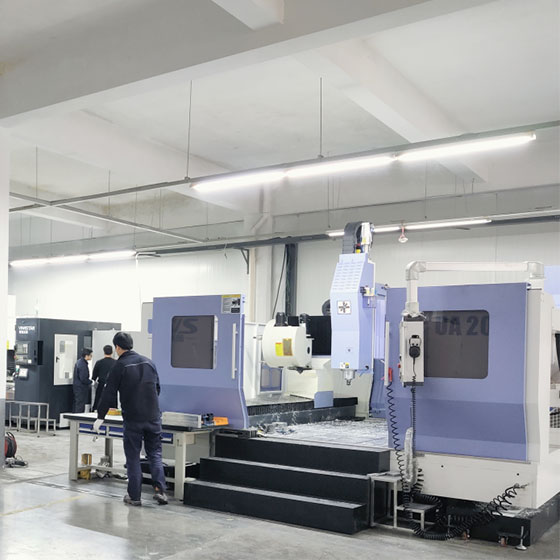Due to the increasing pressure of environmental protection, energy saving, emission reduction, carbon peaking, and carbon neutrality, lightweight will be an inevitable trend in automobile manufacturing. The lightweight concept originated from motorsports. Its advantage is that under the premise of maintaining safety performance, weight reduction can bring better handling and acceleration. The new materials are mainly non-ferrous metals such as aluminium and magnesium.
In automobile manufacturing, materials such as copper nickel indium alloy, magnesium alloy, and aluminium-steel composite structure have replaced traditional steel materials in key components, while magnesium alloy, as a new type of structural material, still accounts for a relatively small proportion of automobile manufacturing. At present, European and American cars use 5.8-23.6kg of magnesium alloy parts per car, while Chinese cars use less than 10kg per car. The reason is that the difficult welding of magnesium alloys is a key technical problem that limits the large-scale application of magnesium alloy auto parts.
It is very difficult to achieve high-quality welding of magnesium alloys by fusion welding for the following reasons:
1. Due to the strong oxidation of magnesium, it is easy to form an oxide film (MgO) during the welding process, which is easy to form inclusions in the weld and reduce the performance of the weld. At high temperatures, magnesium also easy to chemically react with nitrogen in the air to form magnesium nitride, which weakens the performance of the joint.
2. The boiling point of magnesium is not high, which will cause it to evaporate easily under the high temperature of the arc.
3. Due to the high thermal conductivity, high-power heat sources and high-speed welding should be used when welding magnesium alloys, which may easily cause overheating and grain growth in the weld and near the weld.
4. The thermal expansion coefficient of magnesium alloy is relatively large, about 1 to 2 times that of aluminium, and it is easy to produce large welding deformation during the welding process, causing large residual stress.
5. Since the surface tension of magnesium is smaller than that of aluminium, it is easy to cause the weld metal to collapse during welding, which affects the quality of weld formation.
6. Similar to welding aluminium alloys, hydrogen pores are prone to occur when magnesium alloys are welded. The solubility of hydrogen in magnesium decreases with the decrease in temperature, and the density of magnesium is smaller than that of aluminium, so the gas is not easy to escape, and pores will be formed during the solidification of the weld.
7. Magnesium alloy is easy to form eutectic structure with low melting points with other metals, and crystal cracks are easy to form in welded joints. When the temperature at the joint is too high, the low-melting compound in the joint structure will melt at the grain boundary to form holes, or produce grain boundary oxidation, etc., which is the so-called "overburning" phenomenon.
FSW friction stir welding, as a new type of solid-phase welding technology, has the advantages of small heat energy input, small welding deformation, high weld firmness, no porosity cracks, and no smoke, sparks, etc. It is a green and environmentally friendly welding technology, especially since It has incomparable advantages in welding non-ferrous metals such as aluminium and magnesium.
Studies have shown that for every 10kg reduction in the weight of a pure electric vehicle, the cruising range can be increased by 2.5km. In order to reduce the weight of automobiles, more and more magnesium alloy products will be used in the manufacture of new energy vehicles, which will inevitably put forward more and wider demands on magnesium alloy welding technology. FSW friction stir welding, along with auto die casting, is increasingly used in the automobile manufacturing Industry.

As one of the reliable friction stir welding suppliers in China, Cheeven adopts FSW friction stir welding robot and static shoulder technology. Through much technical research, it perfectly solves the welding problem of magnesium alloy, and successfully applies it to the welding of our alloy battery tray. The weld surface has no flash, the joint strength is high, and the product deformation is small, which lays a solid foundation for the mass production of magnesium alloy battery trays, and provides more solutions for the lightweight manufacturing of new energy vehicles.
In order to further improve the overall performance of the battery tray, CheevenFSW provides high-quality copper nickel indium coating services. This coating technology not only provides excellent corrosion resistance, but also improves the conductivity of the battery tray, making it perform better in practical applications. CheevenFSW's professional technology and rich experience ensure the excellent quality of each product.